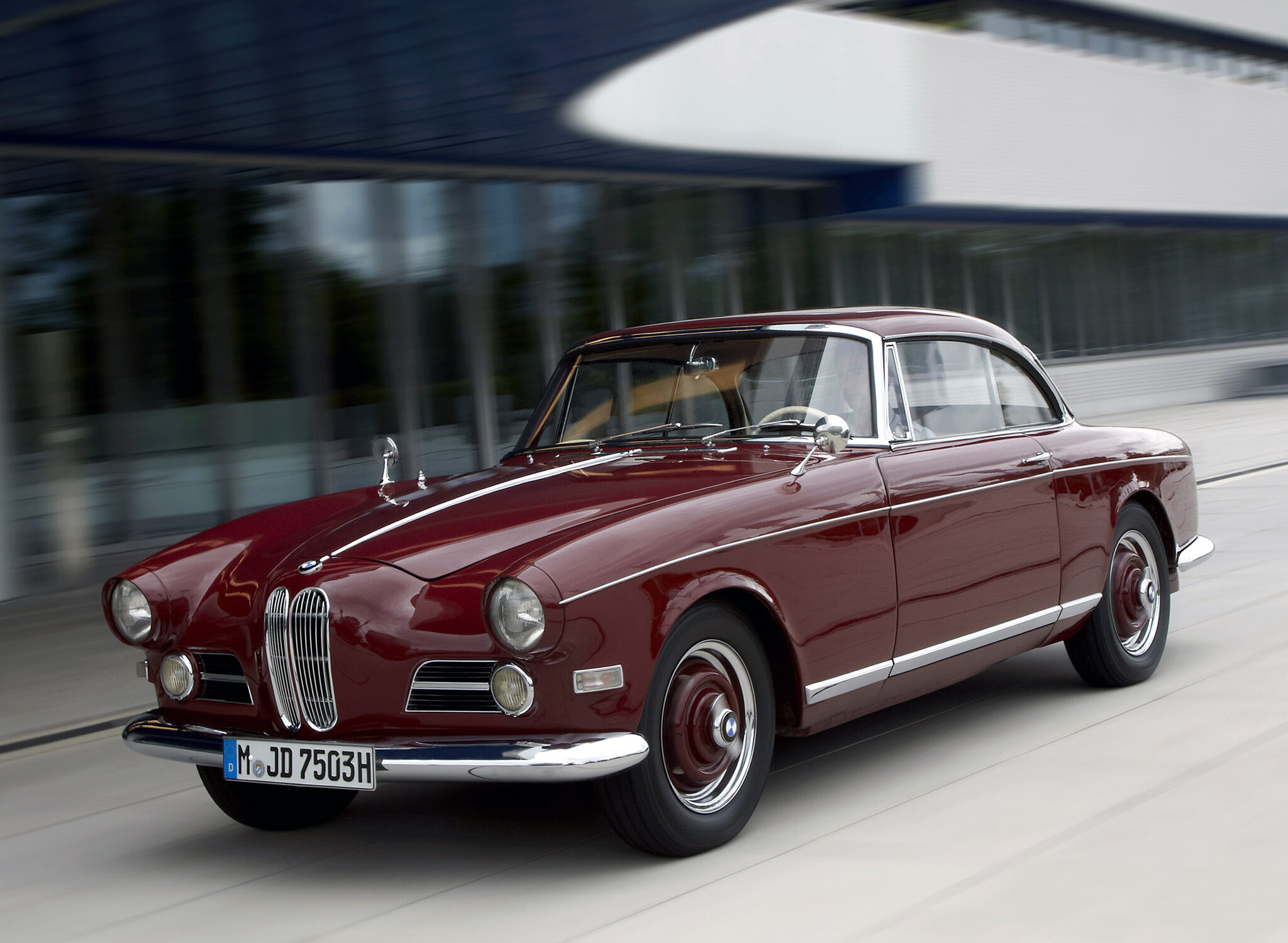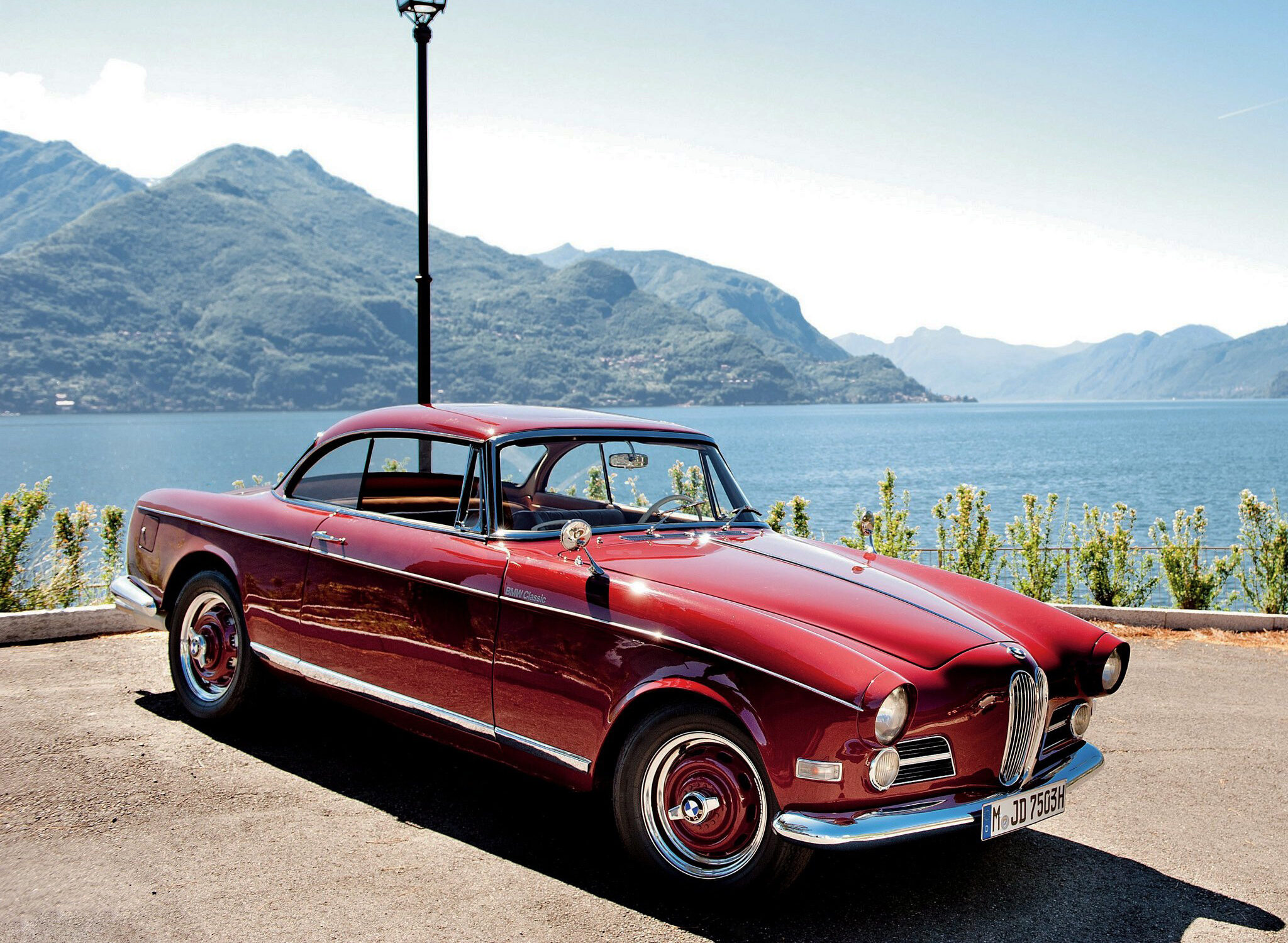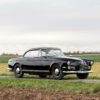As global economies looked to rebuild after World War II, automotive manufacturers vied to develop new ideas to reignite sales. BMW eyed the high-end market as a viable solution, in-part influenced by Max Hoffman, the New York-based importer of luxury European cars, who was convinced such cars would yield a profit in the US. As a result, the BMW 503 became the manufacturer’s first purpose-designed post-war coupé, also made in cabriolet form.

In either closed or open form, the 503 was positioned as an opulent grand tourer and was built alongside the luxuriously appointed 507 Roadster. With its welded tubular frame construction, aluminium panels, and alloy V-8 engine, the 503 quickly proved very expensive to build. During a production run from May 1956 to March 1959, BMW built just 413 Coupé and Cabriolet examples; 273 of those were the attractive tin-top version. Despite attempts to appeal to the US market with the fitment of a 3.2-litre V-8 engine, both the 503 and 507 struggled to bring in the sales expected by BMW, in large part due to a higher-than-expected list price, inflated due to spiralling build costs.

Story by RM Sotheby’s






